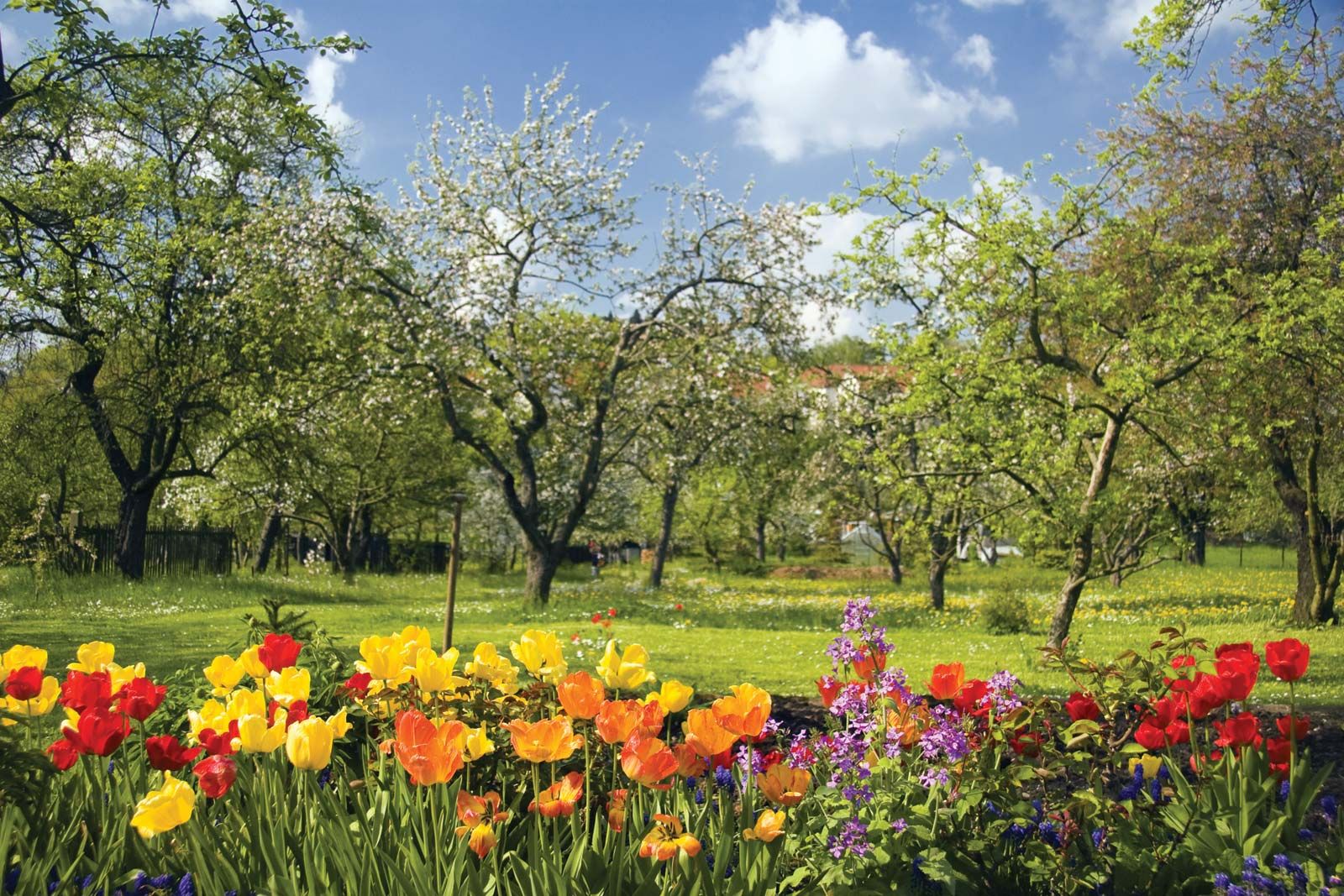Spring is revered in numerous cultures as a season of renewal and rejuvenation, yet within the Baha’i Faith, it assumes an even more profound spiritual significance. This reflection on the essence of spring is not merely an appreciation of flora and fauna but an invitation to consider the metaphysical transformations that accompany this season. It is a season replete with lessons and opportunities to embrace both personal and communal growth.
As the snow melts and the earth awakens from its deep winter slumber, the cyclical nature of life surrounding us reflects the core tenets of Baha’i teachings. The season embodies the concept of resurrection, where individuals are encouraged to transcend their limitations, as each new blossom serves as a poignant reminder of the possibilities entrenched within every soul. The physical transformation of the earth is emblematic of a deeper metaphysical metamorphosis that can ignite our spirits to strive for a more profound connection to the divine.
Historically, the Baha’i calendar is marked by distinct periods of reflection and rejuvenation, with the month of Nisan symbolizing spiritual awakening. This spring month, which aligns with the vernal equinox, establishes a powerful framework through which Baha’is observe the transformative potential of their lives. It is both a period of fasting and a celebration of new beginnings, illustrating the delicate balance between withdrawal and advancement that underpins spiritual growth.
The teachings of Baha’u’llah accentuate the importance of reflection during this time. In seeking to align the outer with the inner, Baha’is are encouraged to contemplate their current states of being and recognize the impermanence of all things. The natural world, in its reawakening, offers a mirror through which one can acknowledge their personal challenges and aspirations. The flowers unfurling towards the sun serve as a catalyst for self-examination, provoking a nuanced questioning of one’s motivations and desires.
This seasonal reflection invites individuals to grapple with the principles of unity and a collective resurgence. As communities come out of hibernation, there arises a unique opportunity for Baha’is to engage in collaborative endeavors, echoing the harmonious essence of their teachings. Spring thus becomes a symbol of rekindled relationships, where members of the community unite to foster inclusivity and understanding. By organizing community service projects or participating in local events, the spirit of spring evokes a renewed commitment to the betterment of society.
Moreover, observing the beauty of nature during this season can provoke a deeper appreciation for the interconnectedness of all life. Baha’i teachings emphasize the oneness of humanity, and the rebirth of spring embodies this interconnected reality. The blossoming trees and the awakening wildlife recreate a tapestry wherein each thread contributes to a vibrant whole. This reflection on nature serves to remind individuals that, just as the seasons change and evolve, so too can their perceptions and interactions with others.
A vital facet of the Baha’i perspective on spring is its potential for spiritual nourishment. As one observes the efflorescence of life, it is essential to contemplate what spiritual virtues one may cultivate. Patience, resilience, and compassion emerge as pivotal themes during this season of growth. Just as gardeners tend to their plants with patience, nurturing each seedling with care and diligence, so too must individuals foster their inner qualities through intentional practice. Each interaction during this season provides a fertile ground for sowing seeds of love and kindness, ensuring that the spiritual garden flourishes throughout the year.
In the Baha’i Faith, the interplay of individual and communal responsibility complicates the understanding of personal transformation. The invigorating atmosphere of spring calls for collective action, as individuals come together to actively shape the world in alignment with Baha’i principles. This manifestation of unity through cooperation marks a significant departure from individualism, urging participants to become catalysts for social change. It is a clarion call to think beyond oneself, translating into tangible contributions to the welfare of the community.
As spring unfolds, it invites profound introspection and exploration of one’s own position within the grand mosaic of creation. The essence of Baha’i teachings—rooted in justice, love, and unity—accentuates the importance of continual growth and understanding. Each spring presents an unparalleled opportunity to re-evaluate life’s aspirations and realign with a higher purpose. The warmth of the sun and the beauty of the blossoming landscape prompt a shift in perspective; they beckon individuals to seek greater enlightenment.
In summary, spring represents a season imbued with spiritual significance for Baha’is, symbolizing renewal, growth, and the collective advancement of humanity. It illustrates the delicate balance of introspection and outward compassion and encourages personal evolution undertaken in the context of communal belonging. In doing so, it acts not merely as one season following another, but as a potent reminder of life’s cyclical journey—a journey of continuous awakening, where every season heralds new potential for connection, understanding, and inner transformation.
